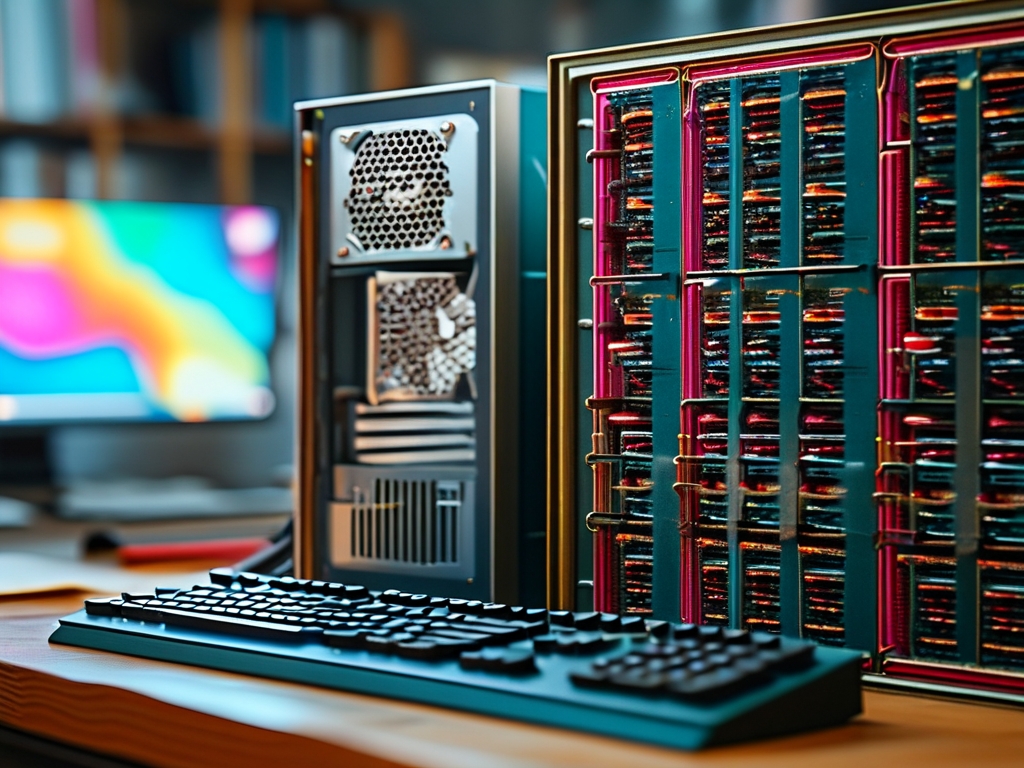In the realm of computing, memory serves as the backbone for nearly every operation. But why do computers need to "calculate" memory? At its core, this process ensures efficient resource allocation, optimal performance, and stability across applications. Understanding this requires a dive into how memory works, why it must be managed, and the consequences of neglecting this critical task.

The Fundamentals of Memory Calculation
Memory calculation refers to the methods computers use to track, allocate, and deallocate memory space. Unlike humans, machines lack intuition; they rely on precise algorithms to determine how much memory a program requires, where to store data, and when to free up resources. For instance, when a user opens a web browser, the operating system calculates the necessary memory to load the application, store tabs, and cache images. Without this calculation, systems would either waste resources or crash due to overload.
Modern operating systems employ dynamic memory management. This means memory is assigned on demand rather than in fixed blocks. A simple analogy is a librarian organizing books: instead of reserving shelves for specific genres, the librarian allocates space based on real-time demand. Similarly, computers use algorithms like garbage collection and paging to optimize memory usage. These processes continuously calculate which memory segments are idle and reassign them to active tasks.
The Consequences of Poor Memory Management
When memory calculation fails, the effects are immediate and severe. Take memory leaks, for example. If a program requests memory but fails to release it after use, the system gradually runs out of available resources. Over time, this leads to sluggish performance, frozen applications, or even system crashes. Developers often use tools like Valgrind or built-in profilers to detect such issues, underscoring the importance of proactive memory calculation.
Another critical scenario is multitasking. Imagine running a video editor, a game, and a virtual machine simultaneously. Each application demands a slice of memory, and the operating system must calculate how to divide resources fairly. Without precise allocation, one application might hog memory, starving others and creating bottlenecks. This is why modern systems prioritize processes and use virtual memory—a technique that extends physical memory by using disk space as a temporary backup.
Memory Calculation in Different Architectures
Not all systems handle memory the same way. Embedded devices, such as IoT sensors, often operate with limited memory and rely on static allocation. Here, memory is pre-assigned during development, leaving little room for error. In contrast, cloud servers use scalable architectures where memory calculation happens dynamically across distributed nodes. For example, containerization tools like Docker allocate memory quotas to each container, ensuring workloads don’t interfere with one another.
Even programming languages influence memory calculation. Low-level languages like C require manual memory management via functions such as malloc() and free(). A snippet like:
int* arr = (int*)malloc(10 * sizeof(int)); // ... use the array ... free(arr);
demonstrates explicit control. In contrast, high-level languages like Python automate this process using garbage collectors, reducing developer effort but adding overhead.
The Future of Memory Calculation
As technology evolves, so do memory challenges. Quantum computing, for instance, introduces new paradigms where traditional memory models may not apply. Researchers are exploring ways to calculate memory in qubit-based systems, which prioritize superposition and entanglement over binary states. Similarly, AI workloads demand massive memory bandwidth, pushing innovations in GPU and TPU architectures.
Moreover, the rise of edge computing—where data is processed locally on devices—requires lightweight yet robust memory calculation strategies. Techniques like memory pooling and predictive allocation are gaining traction, enabling devices to anticipate needs based on usage patterns.
In summary, memory calculation is not a mere technical detail but a cornerstone of computing. It balances efficiency, stability, and scalability, ensuring systems adapt to ever-growing demands. Whether through manual coding or automated algorithms, this process remains vital to the invisible machinery that powers our digital world.









